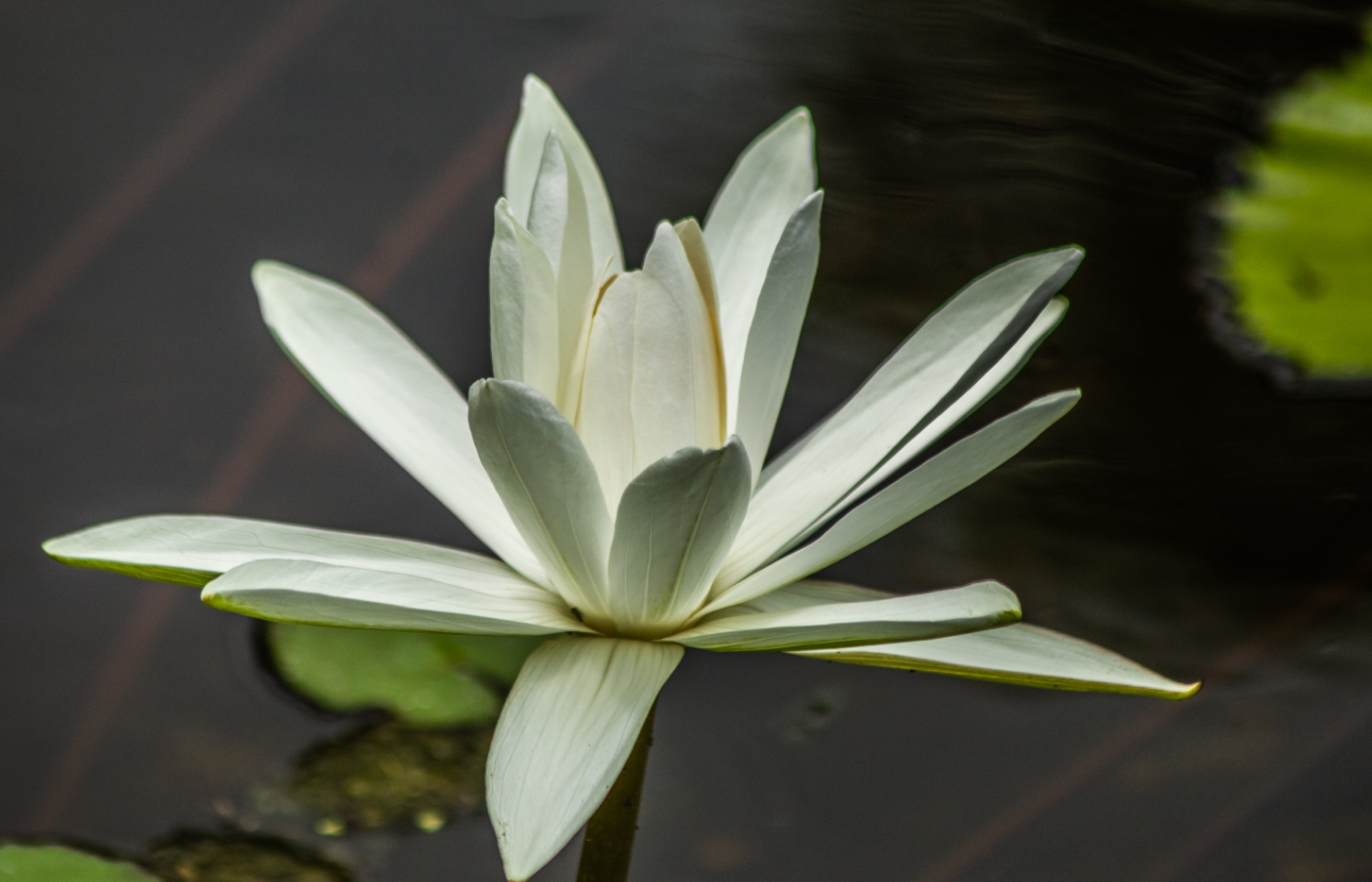Visiting the Flourishing Talipot Palm Tree!
Since the start of the year, a friend and I have been visiting the Botanical Garden of the Central University of Venezuela here in Caracas to check on the process of the Talipot Palm (Corypha umbraculifera). In previous publications, I misnamed it as the Ceylon Date Palm (Phoenix pusilla) because it's merely called the Ceylon Palm Tree here in Caracas. Both species come from India and Sri Lanka, hence the confusion.
Yesterday's visit was amazing, energizing and abundant with beauty, so I wanted to share it here for everyone not familiar with this kind of palm. Perhaps some of you who live in Asia may be able to see specimens it in its natural habitat at some point.


The first image was taken on January 10th. You can see how the top is barren, only naked branches showing. Sadly, I didn't take my DSLR for this visit, but I didn't make the same mistake twice. The second image is from March 14th and the change is remarkable. Below, you can see how the palm looks right now, its top branches packed with about three million seeds that will scatter when the tree dies in six months. The spectacle will remain all that time. It took 60 years for this to happen, and some trees may take even longer than that. There used to be another palm close to this one which took only 35 years to flourish.



A third tree was planted in 2003 as a posthumous homage to August Braun, the man who brought this species to the country. You can see the sign with the homage below. Braun's ashes were scattered on that soil.

The pond near these palms was almost empty in our previous visits, but this time it was filled with water lilies of radiant colors. Some of them had their own winged guests and I even managed to catch some sexy time between two dragonflies, I'm so happy about that. Click on the images to enlarge them.








We ended our visit with a stroll around the Laguna Venezuela, a pond in the north-western part of the garden which is the preferred spot for cranes because it's filled with fish and insects. There are also many water lilies there with their own unique radiance, and a few of the leaves were covered with droplets or small puddles of water held tight in place by surface tension. They even look like mercury.








The Botanical Garden is right beside Caracas' main highway, but the noise and the smog really have no power in there. This is the dominion of Nature and an abode of Magic. It's always refreshing to be there, but also spiritually empowering. This visit was a necessity for me and I'm deeply joyous that I could do it before the coming New Moon in Gemini, a sign for new beginnings!
Comments
You can login with your Hive account using secure Hivesigner and interact with this blog. You would be able to comment and vote on this article and other comments.
No comments